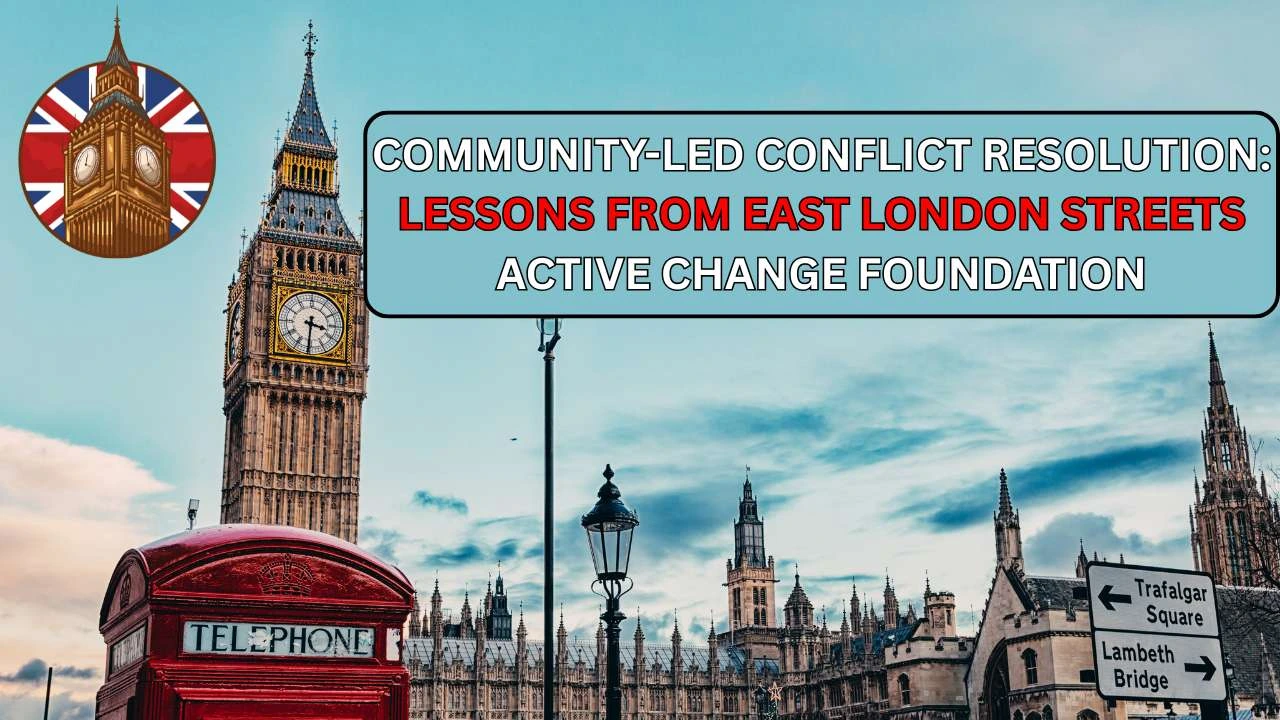The government, law enforcement, and educational institutions must form strategic alliances to improve public safety and security. These collaborations use the distinct resources and experience of each industry to tackle difficult problems like community policing, terrorism, and cybercrime. Rashtriya Raksha University (RRU), for instance, works with police forces all throughout India to modernise law enforcement through training initiatives, capacity building, and technological integration. Strategic partnerships with the government, law enforcement, and academic institutions can produce significant results by utilising the assets and capabilities of each partner. These collaborations improve credibility, open up resources and knowledge, and produce better results. This article talks about the Strategic Collaborations which includes working with government, Police, and Academic Institutions.

Strategic Collaborations: Working with Government, Police and Academic Institutions
Through the strategic utilisation of each partner’s resources and strengths, partnerships with the government, law enforcement, and academic institutions can produce significant results. In addition to increasing credibility, these collaborations give access to capital and knowledge and produce better results. In the end, collaboration among organisations can benefit the community and society at large by fostering innovation, enhancing public services, and achieving common objectives. Successful collaborations are based on shared benefits, clear goals, and good communication. Government, law enforcement, and academic institutions must work together strategically to improve public safety and security. Through these collaborations, complex issues like cybercrime, terrorism, and community policing are addressed by utilising the distinct knowledge and assets of each sector.
What Are the Benefits of Strategic Collaboration?
Benefits of Strategic Collaborations: Working with Government, Police, and Academic Institutions includes;
1. Enhanced Credibility and Trust: Partnering with reputable institutions can boost credibility and trust. Partnerships can improve an organisation’s standing and reputation.
2. Access to Resources and Expertise: Collaborations can provide access to funding, grants, and resources. Partnering with experts can provide valuable insights and guidance. Partnerships may grant access to equipment, facilities, and infrastructure.
3. Improved Outcomes and Effectiveness: Joint efforts can lead to more effective solutions and better outcomes. Increased impact: Collaborations can amplify the impact of initiatives and projects. Enhanced problem-solving: Partnering with diverse stakeholders can bring unique perspectives and approaches.
4. Knowledge Sharing and Innovation: Collaborations can facilitate the exchange of ideas, research, and best practices. Partnering with diverse stakeholders can foster innovation and creativity. Partnerships can assist organisations in keeping abreast of the most recent advancements and fashions.
5. Talent Development and Capacity Building: Professional development: Collaborations can provide opportunities for professional development and skill-building. Partnering with reputable institutions can attract and retain top talent. Collaborations can enhance an organization’s capacity and capabilities.
6. Community Engagement and Social Impact: Collaborations can facilitate community outreach and engagement. Partnering with government, police, and academic institutions can drive positive social impact. Collaborations can help address complex social issues and challenges.
What are the Examples of Strategic Collaboration?
1. Government-academia partnerships: Research collaborations, policy development, and talent development.
2. Police-community partnerships: Initiatives on public safety, community engagement, and trust-building.
3. Government-business partnerships: Collaborations on infrastructure development, economic growth, and public services.
Types of Strategic Collaboration
Types of Strategic Collaborations are as follows;
1. Research Collaborations
- Joint research projects: Collaborative research initiatives between organisations.
- Research grants: Shared funding opportunities for research projects.
- Knowledge sharing: Exchange of research findings, methodologies, and expertise.
2. Policy Development Collaborations
- Policy research: Joint research on policy issues and development.
- Advocacy: Collaborative advocacy efforts to influence policy decisions.
- Policy implementation: Partnerships on implementing policies and programs.
3. Public Service Delivery Collaborations
- Joint service delivery: Collaborative delivery of public services, such as healthcare or education.
- Program development: Joint development of programs and services.
- Capacity building: Enhancing capacity to deliver public services.
4. Community Engagement Collaborations
- Community outreach: Joint community outreach and engagement initiatives.
- Public awareness: Collaborative efforts to raise public awareness on issues.
- Community development: Partnerships on community development projects.
5. Capacity Building Collaborations
- Training and development: Joint training and development programs.
- Infrastructure development: Collaborative infrastructure development projects.
- Technology sharing: Sharing of technology and expertise.
6. Innovation Collaborations
- Joint innovation projects: Collaborative innovation initiatives.
- Technology transfer: Transfer of technology and expertise.
- Startup incubators: Joint incubators for startups and innovation.
7. Law Enforcement Collaborations
- Crime prevention: Cooperation between public safety and crime prevention.
- Intelligence sharing: Sharing of intelligence and information.
- Training and development: Joint training and development programs for law enforcement.
8. Academic-Industry Collaborations
- Research and development: Collaborative research and development projects.
- Talent development: Joint talent development and training programs.
- Innovation and entrepreneurship: Partnerships on innovation and entrepreneurship initiatives.
FAQS On Strategic Collaborations: Working with Government, Police, and Academic Institutions
- What are strategic collaborations?
- Organisations form strategic alliances to accomplish common objectives and produce significant results.
- Why work together with the government, law enforcement, and educational institutions?
- In addition to improving credibility and trust, collaborations can give access to resources, finance, and experience.
- What are the advantages of strategic partnerships?
- Improved results, increased credibility, talent development, knowledge exchange, and resource accessibility are among the advantages.











